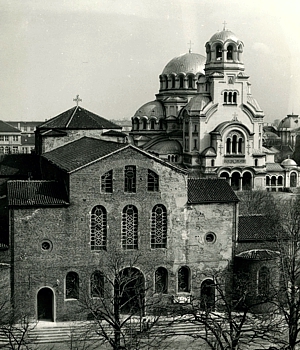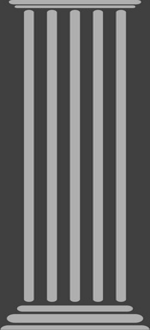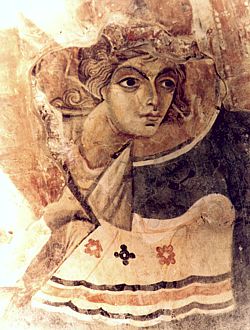|
|
| I didn’t dream of
becoming an archaeologist. Circumstances which I will
mention below propelled me into this line of activity.
Sometimes I jokingly say that I became an archaeologist
out of poverty, but this joke is very near the truth.
Later archaeology became my profession and the
antiquities of Sofia became my destiny. The first digs
in Sofia where I had to work when I was still working on
a day wage at the Archaeology Museum were at the
excavations for the building of the Communist Party
headquarters - with a capital P of course. This is where
my odyssey as a building site archaeologist began. It
concluded at the other end of the largo, where one of
the central underground stations was built. This
encompassed all of thirty-two years, from 1948 to 1980.
Magdalina Stancheva |
|
|
|
|
|
|
|
|
|
|
|
|
|
Sofia /
|
|
Sofia – from antiquity to new ages |
|
History periods of are not always separated from
each other with clearly defined boundaries. The
processes characteristic of a dawning age are often
deeply rooted in preceding times. With the end of
the 17th century, the last days of the long period
of the Bulgarian Middle Ages also came to an end. It
already laid the foundations and the spirit of the
new age to come – the age of the National Revival.
Still many decades of effort and sacrifice would
come to pass before a small and independent
Bulgarian territory could appear on the Balkan map.
The 1879
Great National Assembly chose Sofia as its capital city.
This thousand-year-old city entered a new age, as if having
shed the burden of the past.
In the first half of the 20th century Sofia became a
beautiful and cozy European city. Yet, the Second World War
once again changed its fortunes and enforced on it, together
with the whole of the country, dependence on a foreign
power. |
 |
|
Sofia entered the 21st century once again filled with hope
for a better future for the Bulgarian people, for their
country and their capital city. This is a book about the
ancient history of this city. It needs to be reminded
because the dynamics of the city’s development increased its
population from twenty thousand to a million and half in
less than a century and a half.
Today the residents of Sofia would feel a deeper connection
with the city if they are acquainted with its past. |
|
Sofia – from antiquity to new ages
by Magdalina Stancheva |
Download PDF: |
 |
|
|
|
| |
|
|



